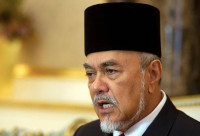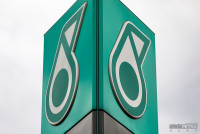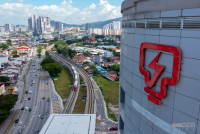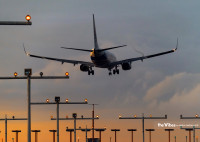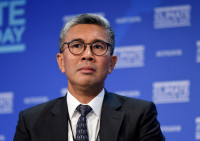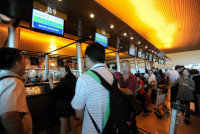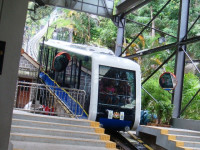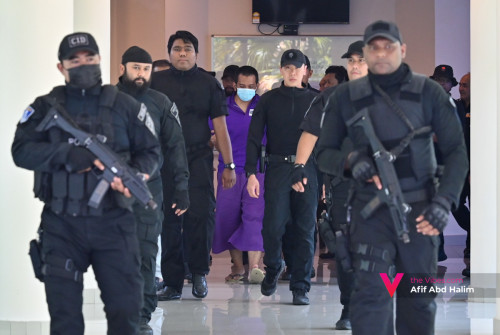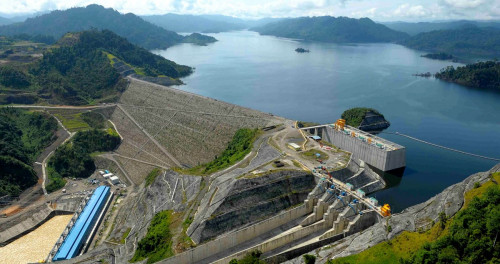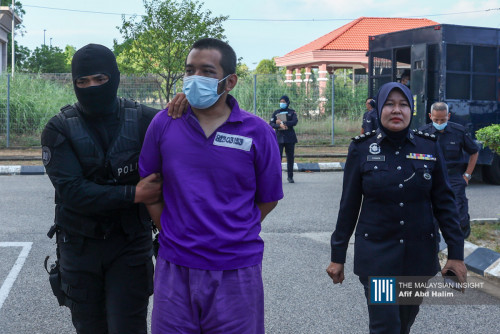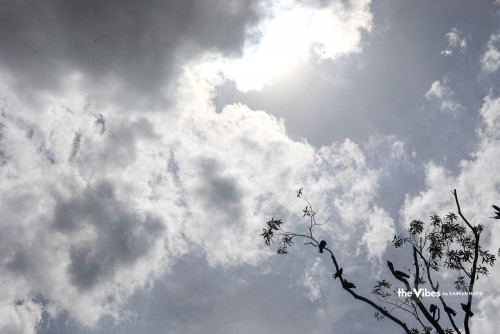KUALA LUMPUR – Tenaga Nasional Bhd (TNB) intends to work with Petroliam Nasional Bhd (Petronas) on joint feasibility studies in the areas of hydrogen and carbon capture, with a view to unlock the commercial value of at least RM10 billion up to 2035, said TNB president and chief executive officer Datuk Baharin Din today.
The decarbonisation efforts would be achieved mainly through a collaborative study to develop a green hydrogen ecosystem and carbon capture and storage technology, leveraging both organisations' technical expertise and resources.
In addition, the two companies will repower the Sultan Ismail Power Station (SIPS), a retired combined-cycle gas-fired power plant in Paka, Terengganu, by using gas with hydrogen-ready technology, said Baharin in a statement today.
TNB will invest RM6.3 billion in the repowering of SIPS using high-efficient combined-cycle gas turbines (CCGT) with hydrogen-ready technology for cleaner energy production.
Baharin said the repowering of the plant will leverage the strengths of both TNB and Petronas, and serve as a unique pioneering project in deploying green technologies that may be utilised in future power plants.
“This brownfield project will start with the demolition of the existing plant next year, and this will take two years. Construction of the project will commence from 2025 and the entire complex is scheduled to be ready in 2030,” he added.
Upon commercial operation of the plant in 2030, the repowered Paka is projected to generate an average of RM250 million per year in earnings before interest and taxes.
“The repowering of Paka, with a capacity of 1,400 megawatts, will avoid 3.2 million tonnes of carbon dioxide equivalent emission per annum, which is equivalent to the CO2 emitted by approximately 700,000 cars each year,” said Baharin.
As the country’s leading energy corporations, Baharin said, TNB and Petronas have been forging cooperation for decades in the development of the energy sector and the betterment of the country.
Both TNB and Petronas signed a memorandum of understanding (MoU) on August 19 to strengthen collaboration in driving innovative solutions toward decarbonisation, making it a historical milestone in supporting Malaysia’s aspiration to be a carbon-neutral nation by 2050.
“The MoU signals the recognition that our paths must converge, in order to realise a successful and inclusive energy transition for Malaysia. TNB has identified two technologies that will bring sustainable decarbonisation to our thermal assets – green hydrogen and carbon capture technologies,” said Baharin.
He added that TNB’s MoU with Petronas formed part of TNB’s accelerated responsible energy transition, driven by Petronas’ aspiration to be net zero by 2050 and TNB’s target to reduce its coal capacity by 50% and carbon emission intensity by 35% in 2035.
Baharin said Paka’s transition to being hydrogen ready is a prime example of TNB’s commitment to a long-term investment to decarbonise its generation ecosystem and create economic ripple effects for better lives.
He explained that the repowering strategy of TNB’s generation arm, TNB Power Generation Sdn Bhd, hinges on the type of green technology and the expiration of power purchase agreements (PPAs), which are divided into before 2030 and after 2030.
“For PPAs expiring before 2030, TNB is phasing out its coal and gas plants and will repower to CCGT, with the optionality of hydrogen co-firing and new green technology for the group’s power stations with PPAs expiring after 2030,” said Baharin.
He noted that these plants are in a better position to transition to new green technologies such as co-firing,carbon capture, and utilisation and storage technology, adding that TNB would also explore the potential of the green hydrogen economy.
“By undertaking research and development on green hydrogen, we hope to reduce the levelised cost of electricity (LCOE) for green hydrogen that TNB can use as fuel for future power generation with zero emissions,” said Baharin.
LCOE is a measure of the average net present cost of electricity generation for a generator over its lifetime.
In addition, Baharin noted that TNB would seek to venture into energy supply and hydrogen production along the green hydrogen value chain.
“We have the potential to increase RE in Peninsular Malaysia, which is the key ingredient of green hydrogen production.
“TNB will continue exploring opportunities to participate in other parts of the green hydrogen value chain with partners like Petronas and other technology leaders where technical and commercial synergies can give TNB the competitive advantage,” he added. – Bernama, August 25, 2022



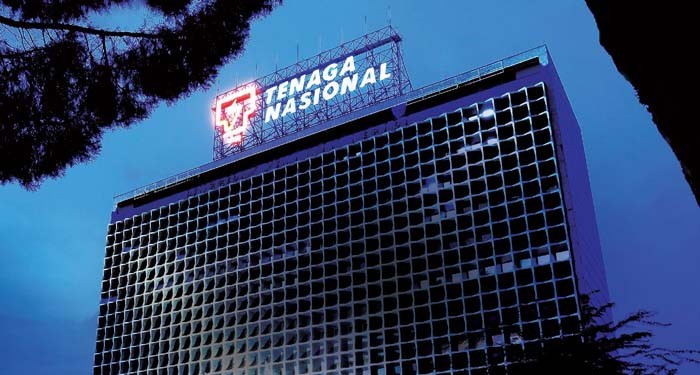
.jpg)
